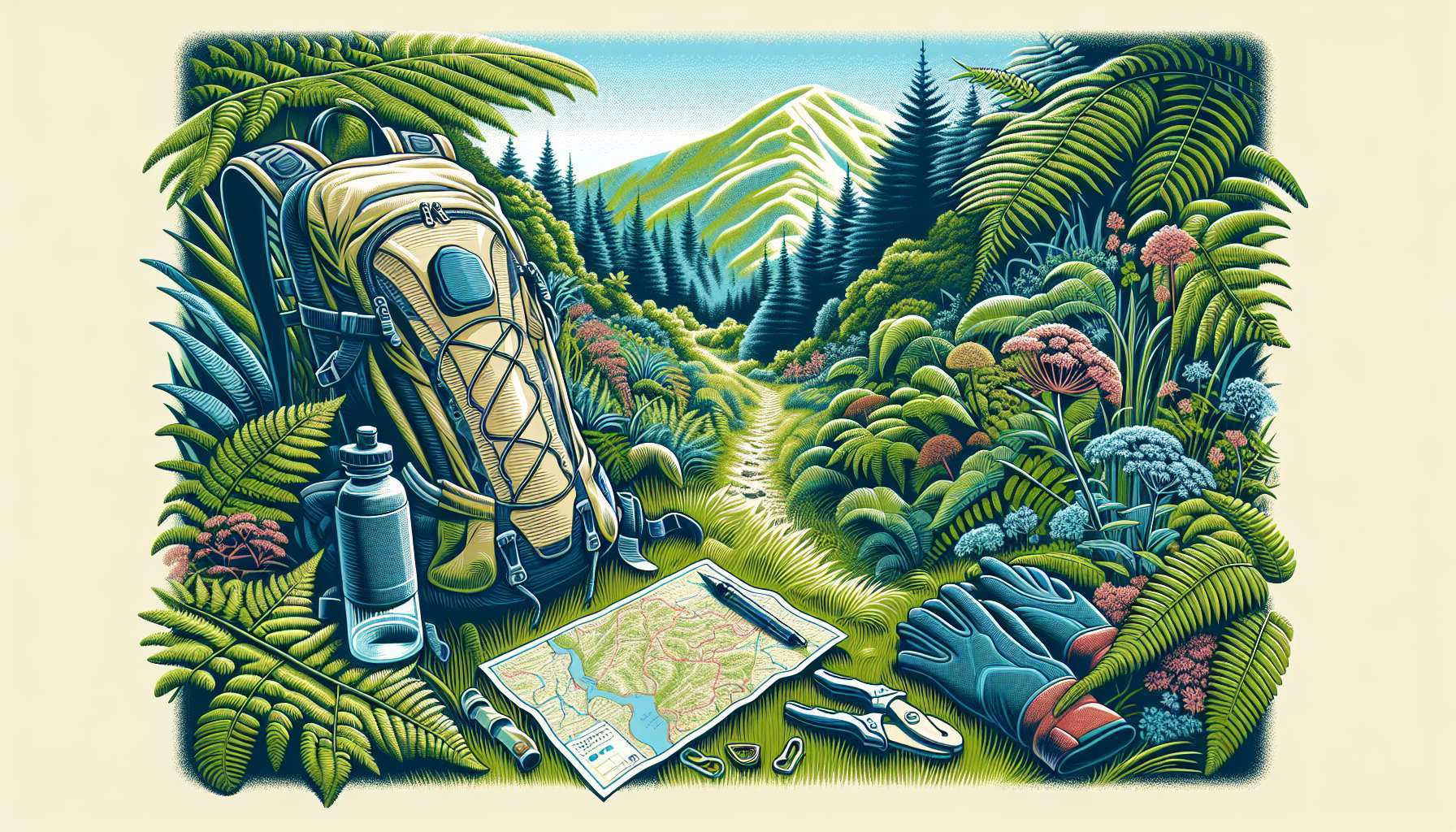Unveiling the World of Mountaineering Backpacks: A Comprehensive Guide
Welcome to the exhilarating world of mountaineering backpacks, where every strap, buckle, and pocket plays a crucial role in the success of your alpine adventures. Whether you’re a seasoned mountaineer or a novice hiker looking to explore the great outdoors, choosing the right backpack can make all the difference between a comfortable ascent and a challenging trek. In this in-depth guide, we will delve into the intricate details of mountaineering backpacks, from their historical significance to their modern-day innovations, guiding you through the essential features and considerations to keep in mind when selecting the perfect pack for your next expedition.
The Evolution of Mountaineering Backpacks
Mountaineering backpacks have come a long way since their inception, evolving from simple canvas bags to high-tech, ergonomic marvels designed to withstand the most extreme conditions. In the early days of mountaineering, climbers relied on basic rucksacks made of durable materials such as leather and canvas. These early backpacks prioritized functionality over comfort, with limited padding and minimal organization.
However, as the popularity of mountaineering grew and technology advanced, backpack manufacturers began incorporating innovative features such as padded shoulder straps, hip belts, and adjustable suspension systems. Today, modern mountaineering backpacks are equipped with a plethora of specialized compartments, attachment points, and ventilation systems, ensuring that climbers can carry all their gear comfortably and efficiently.
Key Features of Mountaineering Backpacks
When choosing a mountaineering backpack, it’s essential to consider a variety of factors to ensure that the pack meets your specific needs and preferences. Some key features to look out for include:
1. Capacity
The capacity of a mountaineering backpack is measured in liters and refers to the volume of gear that the pack can hold. Backpacks typically range from 20 to 80 liters, with larger capacities suitable for extended expeditions requiring more gear. It’s important to consider the duration and type of trip you’ll be embarking on when selecting the appropriate capacity for your backpack.
2. Suspension System
The suspension system of a backpack consists of the shoulder straps, hip belt, and back panel that help distribute the weight of the pack evenly across your body. Look for backpacks with padded shoulder straps, a supportive hip belt, and a ventilated back panel to ensure maximum comfort and stability while hiking.
3. Compartments and Pockets
Organizational features such as compartments, pockets, and attachment points are essential for keeping your gear organized and easily accessible. Look for backpacks with multiple compartments, external pockets for water bottles and snacks, and attachment points for trekking poles, ice axes, and other equipment.
4. Materials and Durability
Mountaineering backpacks are subjected to harsh conditions, including rough terrain, inclement weather, and abrasive surfaces. Look for backpacks made of durable, water-resistant materials such as ripstop nylon or Cordura to ensure that your pack can withstand the rigors of the outdoors.
5. Weight
The weight of your backpack is another crucial factor to consider, especially when embarking on long hikes or technical climbs. Lightweight backpacks are ideal for fast-paced ascents and alpine pursuits where every ounce counts, while heavier packs may be more suitable for carrying larger loads on extended trips.
Choosing the Right Mountaineering Backpack
When selecting a mountaineering backpack, it’s essential to consider your individual needs, preferences, and the specific demands of your upcoming adventure. Whether you’re planning a day hike, a multi-day trek, or a technical climb, choosing the right backpack can significantly impact your comfort, performance, and overall experience in the mountains.
Take the time to research different brands, models, and features to find a backpack that meets your requirements and complements your style of climbing. Consider visiting a specialty outdoor retailer to try on different packs, adjust the straps and suspension system, and test the fit and comfort of each pack before making a purchase.
Expert Opinions
According to renowned mountaineer and outdoor enthusiast, Alex Honnold, “Choosing the right backpack is essential for a successful and enjoyable climbing experience. A well-fitted, comfortable pack can make all the difference when tackling challenging terrain and carrying essential gear up the mountain.”
Common Misconceptions
One common misconception about mountaineering backpacks is that bigger is always better. While it may be tempting to opt for the largest capacity pack available, it’s essential to consider the weight, fit, and comfort of the backpack to ensure that it meets your specific needs and preferences.
Comparative Analysis
When comparing different mountaineering backpacks, consider factors such as capacity, weight, features, and price to determine which pack best suits your requirements. Look for backpacks with a balance of durability, comfort, and functionality to ensure that you’re adequately prepared for your next alpine adventure.
Conclusion
To wrap things up, mountaineering backpacks are essential gear for climbers, hikers, and outdoor enthusiasts looking to explore the world’s highest peaks and most rugged landscapes. By understanding the key features, considerations, and selection criteria for mountaineering backpacks, you can make an informed decision when choosing the perfect pack for your next expedition. Remember to prioritize comfort, durability, and functionality when selecting a backpack, and don’t hesitate to seek expert advice or try on multiple packs to find the ideal fit for your adventures in the mountains.




